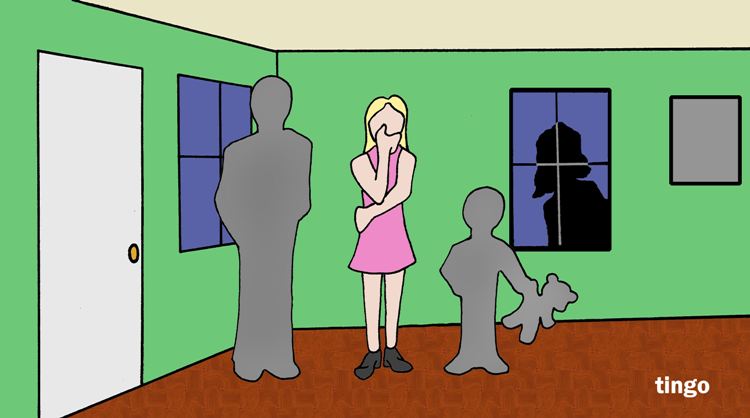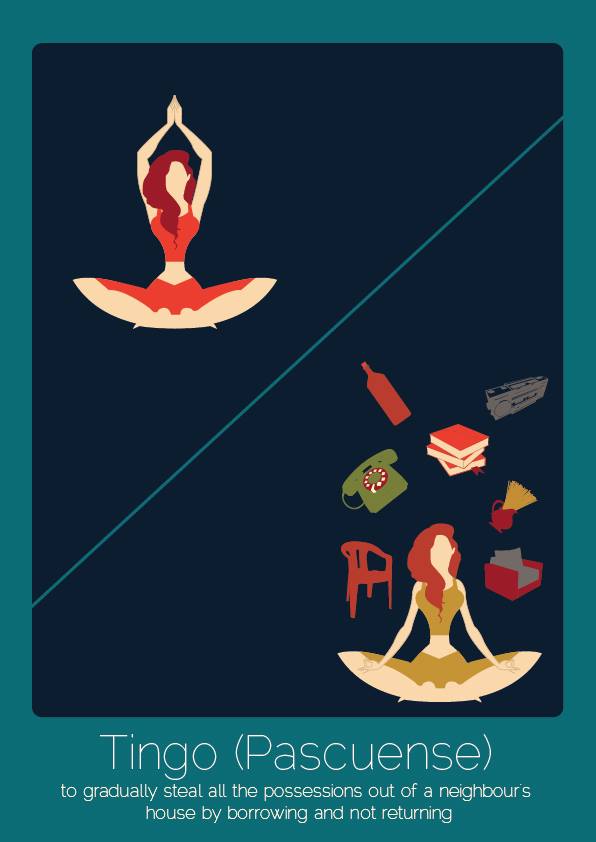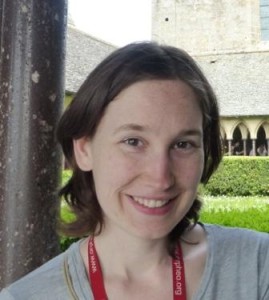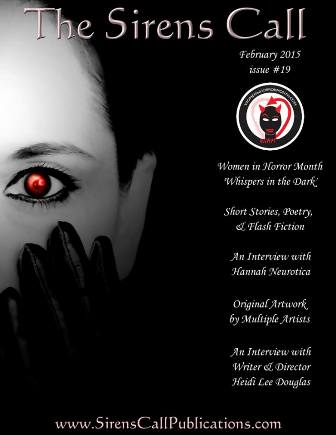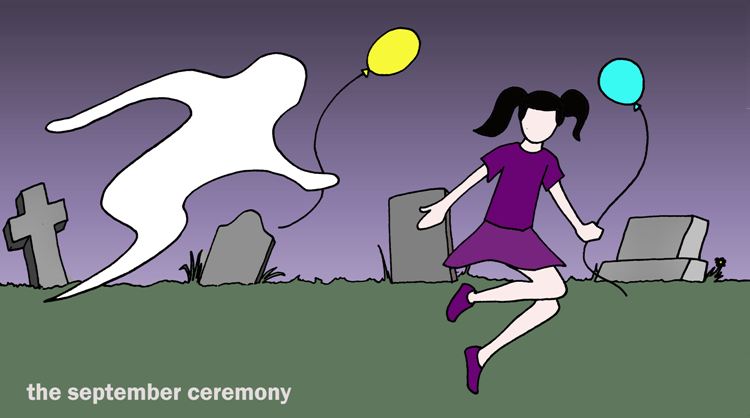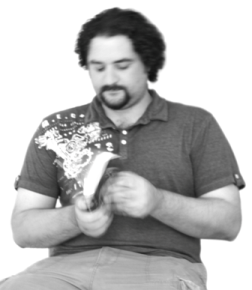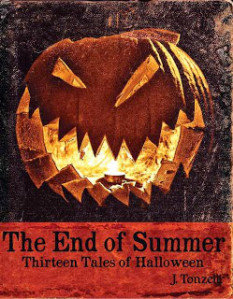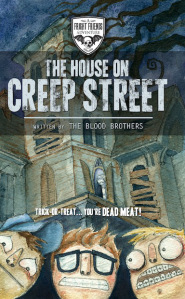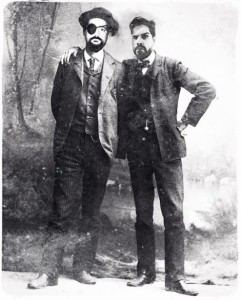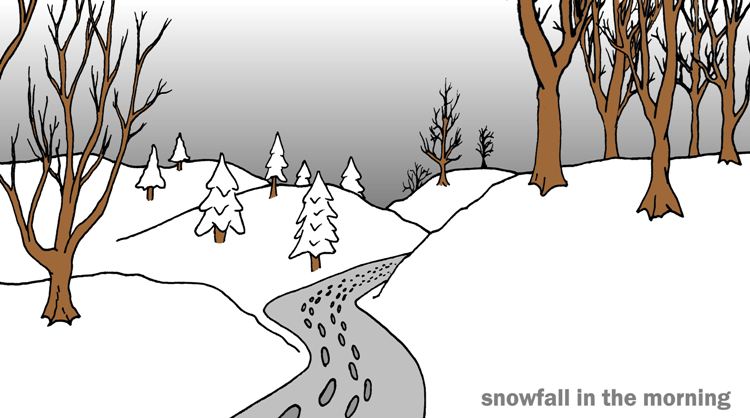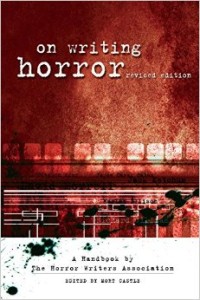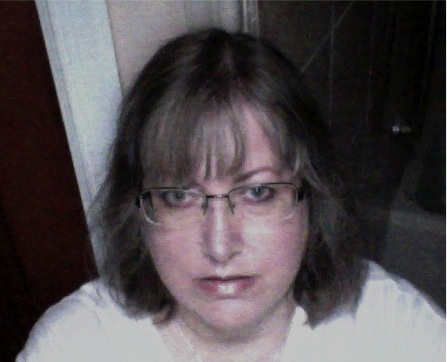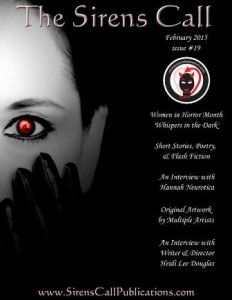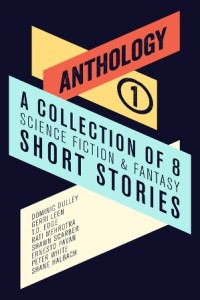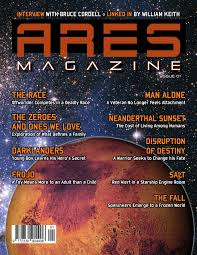This week’s featured author is Ed Grabianowski. Like Lee Forman who I interviewed in March, Ed is a competitor in David Wellington’s Fear Project. And quite a formidable competitor at that. After weeks of writers duking it out, he’s one of the final four left in the competition. Between Fear Project challenges, Ed was kind enough to answer a few of my questions. His responses shine a light on the day-to-day rigmarole of being a writer as well as why it’s such a coveted profession.
A few icebreakers to start: when did you first decide to become a writer, and who are some of your favorite authors?
 I remember always enjoying writing as a kid, but as far as a career, I was never sure how you made a living at it. But then I sort of blundered into some newspaper jobs and some freelancing gigs, and I’ve been a professional freelance writer for more than ten years now.
I remember always enjoying writing as a kid, but as far as a career, I was never sure how you made a living at it. But then I sort of blundered into some newspaper jobs and some freelancing gigs, and I’ve been a professional freelance writer for more than ten years now.
I actually read more fantasy than horror. I’ve been a massive Tolkien fan my entire life. In more contemporary terms, I am a huge fan of Scott Lynch’s Gentlemen Bastards series, and I could talk your ear off about how much I love China Miéville.
I grew up on Stephen King, like a lot of horror writers, and I’ve been on a King kick lately, working my way through some his earlier novels and anthologies. The StephenKingRevisited.com blog got me started down that path. I love Poppy Z. Brite’s early works, and all the pulp greats, Lovecraft, Robert E. Howard, and I love Leigh Brackett and CL Moore.
How did you get involved in The Fear Project, and what has been the most interesting part of the experience so far?
It turned up in my Twitter feed at some point, then I lost the link and had to track it down. I submitted my entry just before I left for a New Year’s Eve party, right under the deadline. Found out I made the cut a few weeks later.
There are two things I’ve found interesting — one is how incredibly valuable the process of creating and refining a story every weekend has been. Just doing it week in, week out, there’s no time for bullshit. You just write, and then you revise, and then revise some more. The tight word limits have helped there too. You’re just putting that story to the grindstone, making sure every single word is pulling its weight. Which is how all fiction should be, but man, flash fiction really drives the point home. For instance, if this interview was a Fear Project story, I’d definitely go back and fix that mixed metaphor I laid down a few seconds ago.
The other interesting thing is how many of the authors on the Fear Project are becoming friends through social media. We’re competing, but we’ve all been really supportive of each other the whole way. We’ve been concocting rough plans to maybe get together at a convention at some point this year, which would be really cool.
My personal favorite of your pieces for the competition was “Dolls.” It was among the best modern horror stories I’ve read in years. Tell me about the process behind that one.
 I’d been reading John J. Adams’ Apocalypse Tryptych, a set of three anthologies he edited featuring stories set before, during, and after the apocalypse. The first book is called The End is Nigh. Anyway, I knew I wanted a type of apocalypse I hadn’t read about before. I had this weird idea that, if you consider all the toy stores, all the warehouses, all the dolls in people’s homes, they probably outnumber humans. Creepy Doll stories are usually personal, claustrophobic stories, so I thought it would be fun to open it up, have them overrun the world.
I’d been reading John J. Adams’ Apocalypse Tryptych, a set of three anthologies he edited featuring stories set before, during, and after the apocalypse. The first book is called The End is Nigh. Anyway, I knew I wanted a type of apocalypse I hadn’t read about before. I had this weird idea that, if you consider all the toy stores, all the warehouses, all the dolls in people’s homes, they probably outnumber humans. Creepy Doll stories are usually personal, claustrophobic stories, so I thought it would be fun to open it up, have them overrun the world.
Most weeks I write two stories for the Fear Project, then see which one is working better (and I’ve ended up using two of the “b-sides” for later changes). But “Dolls” was the only story I wrote that week, and it required the least revising. It just worked for me right out of the gate. I’m glad to hear you liked it so much!
Which Fear Project prompt has been your favorite? Which one was the most challenging?
I definitely enjoyed the apocalypse challenge. Just a big fan of apocalypse stories in general. The “taste of fear” challenge was also a lot of fun, although it was difficult since I was traveling that weekend and didn’t have a lot of time to work on it. But I had so much fun with the Victorian epistolary form and a pretty gross ghoul.
The horror/comedy one was really hard for me. It’s not that I don’t think they belong together, because the contrast can amplify both aspects. But it’s so hard to just sit down and go, “OK, time to be funny.” I’ve got to credit my brother for suggesting the stand-up serial killer idea. That was a week where I wrote two stories, and I stuck them in front of some people to see which they liked better. I still like the other story better, even though I won that week. Good thing I trusted my friends! And I can save the other story for another day.
In what direction would you like to see your writing career go? More short stories? Novels? Nonfiction? All of the above?
I’ll always write non-fiction, if only because it’s steady work that helps pay the bills. But I’d love to stop being a non-fiction writer who also does some fiction, and become a fiction writer who does non-fiction on the side. And that’s on me. I’ve got to carve out that place for myself in the world. I think there are some horror film scripts congealing in my brain too, but…that’s a whole other place to carve out.
What upcoming projects are you working on?
I think all of us competing in the Fear Project want it to be a gateway to bigger and better things, whether we win or not. With that in mind I figured I’d better have a bigger and better thing ready when someone comes along and says, “What else ya got?” So I’m working on a supernatural horror novel about a U.S. tank crew, set during the Cold War. I guess the elevator pitch would be, “Fury meets Pan’s Labyrinth.”
Any links you’d like to share?
Well, my own site is like that old car in the garage that doesn’t run — I’ll fix it one of these days. But I like to hang out and talk about horror on Twitter, so that’s the best place to find me: http://twitter.com/therobotviking
Big thanks to Ed for being part of this week’s author spotlight, and we wish him luck as he competes in the Fear Project!
Happy reading!

